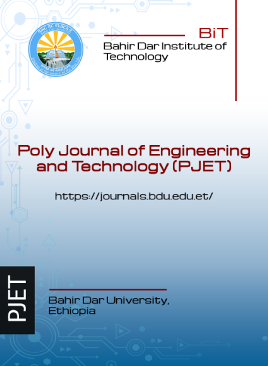Advancements and Applications of Artificial Neural Networks in Structural Engineering A Comprehensive Review
Abstract
Artificial Neural Networks (ANNs) have revolutionized the field of civil engineering by offering efficient and accurate solutions for complex material behavior predictions. This paper reviews the applications of ANNs in civil engineering, emphasizing their role in predicting the load capacities of structural components under various conditions. The study highlights the development and application of a deep feed forward neural network (FFNN) for predicting the load capacities of post-installed adhesive anchors in cracked concrete. Additionally, it explores a hybrid methodology combining nonlinear finite element (NLFE) techniques with FFNN to enhance prediction accuracy and reduce computational effort. The research demonstrates the significant potential of ANNs in diverse civil engineering applications, including crack detection, structural analysis, design optimization, and strength estimation. Despite challenges such as data quality, computational resources, model interpretability, and generalization, the opportunities for enhanced prediction accuracy, reduced computational effort, and adaptability to various applications are substantial. The study particularly emphasizes the potential for ANN adoption and development in Ethiopia, presenting opportunities for capacity building and infrastructure improvement. The findings underscore the robustness and efficiency of ANNs, particularly deep FFNNs, as a vital tool in advancing structural engineering practices.
Copyright (c) 2025 Poly Journal of Engineering and Technology (PJET)

This work is licensed under a Creative Commons Attribution-ShareAlike 4.0 International License.


